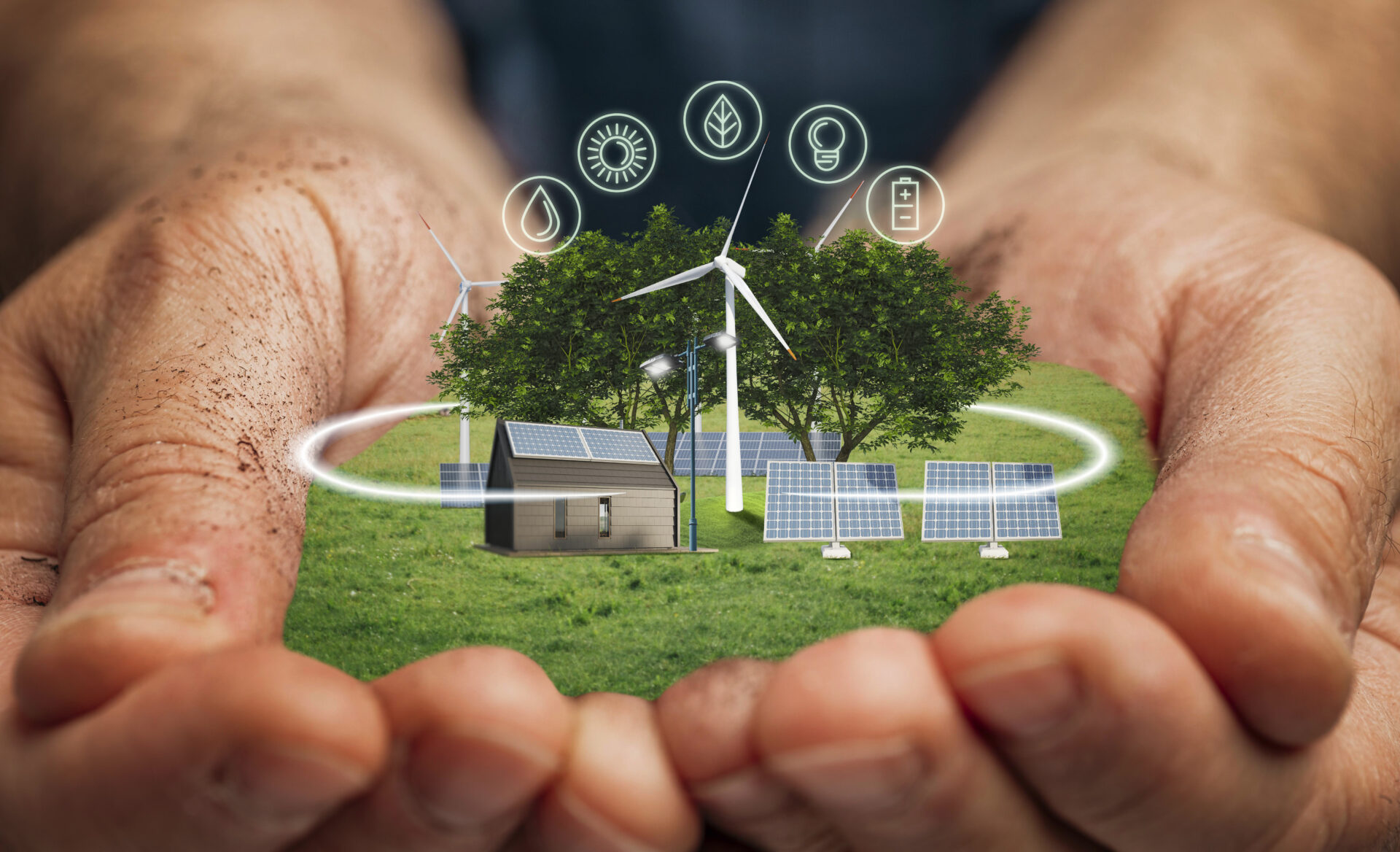Before getting into green architecture, green engineering is the design used for commercial purposes and can use the product or process in a more focused way to reduce pollution, sustainability and the risks to human health and the environment without giving up on sacrificing the feasibility and efficiency. The introduction of green engineering holds various benefits and brings environmental changes. Today’s architects need to understand the revolution in the architecture field, so the top architecture colleges in India help them to educate and level up their skills. However, green building technology comes with various solutions in today’s industries. Let’s discuss how it provides sustainable solutions.
Importance of green buildings:
- The increasing strain on our energy resources and the environment has forced us to make significant investments and efforts to maximize them.
- In order to create a green building, different practices, technologies, and materials are combined at different stages of the building’s life cycle.
- The combination of measures used on a structure is tailored to its particular situation and functions as a whole to minimize both its negative effects on people and the environment.
- By using less water, energy, and other natural resources, eco-friendly materials, renewable energy sources, and waste reduction techniques, green buildings help lessen their negative effects on the environment.
- They may even have a net-beneficial effect by producing their own energy or boosting biodiversity.
- The building industry has the greatest potential to make an impact in achieving significant reductions among the major contributors to greenhouse gas emissions.
- The adoption of green building practices that ultimately result in these performance advantages also has positive economic effects on a variety of stakeholders.
- Increased property prices for developers are a result of better-performing, longer-lasting buildings and optimized resource use.
The best architecture colleges in India should bring awareness and practical knowledge to their students about green engineering. It is because these techniques are going to be applied in the future to achieve a sustainable environment. So, now let’s discuss how these benefits are implemented in real life and how architects are good at considering green architecture.
What do you know about green infrastructure?
Green infrastructure refers to the landscape and construction of systems that are focused on controlling pollutants through vegetation and soil in urban settings. The benefits of implementing green infrastructure include reducing the heat effect that is caused by concrete paving that absorbs heat and improving the quality of the air in urban areas by absorbing carbon dioxide, and plants.
Smart Glass:
The amount of light that is reflected by the electrochromic glass or smart glass can be changed with the help of charging the ions on the window layer with a little amount of electricity. The smart glass keeps improving its suitability for business applications.
Have you heard of a cool-roof system?
A rooftop with a cool roof is one that is made to reflect more sunlight and retain less heat than a typical roof. A cool roof can reduce lower temperatures by a substantial amount and have less thermal remittances, which raises interior temperatures.
Home with smart appliances
Modern home appliances are becoming more and more advanced, saving energy and simplifying our lives. For instance, to make them more energy-efficient, smart refrigerators, dishwashers, and washing machines are connected to smart meters.
Smart meters are modern electric meters that gather data in real-time and communicate with other devices to produce useful data about power usage.
Zero-energy buildings
A zero-energy building, which depends on renewable energy sources like solar and wind power, uses zero net energy annually and emits no carbon emissions. Buildings that create all of their own electricity through renewable sources do not require a connection to the traditional electrical grid.
BIM models promote green buildings. How?
BIM technology optimizes resource use while facilitating interactive building and design. BIM software enables architects to streamline project delivery, discover the potential for energy savings, and simulate energy performance.
Here are a few green design principles, you should know.
- Discover the sources of alternative energy.
Build self-sufficient homes and communities whenever possible; these structures may run fully off the local power grid or may be able to feed any extra energy back into the grid. The typical options include solar and wind power. As an architect, you should know the energy sources that satisfy various factors such as price, durability, technology and delivery method.
- Think about alternative energy.
Buildings to focus on and manage the weather or the materials that have the best defense against the loss of warm or cool air. Major chemical companies have created reliable, moisture-resistant insulating materials that are responsibly produced and do not increase indoor humidity issues.
- Don’t think twice about the reuse of resources.
Built from recyclable materials. Although these products were hard to find, they have become widely available through a growing number of businesses that specialize in salvaging materials from demolition sites. Now engineers are focused on green materials in developing construction.
Consider employing earth-sheltered or underground architecture, which is sometimes the best option for homes. And now the architects aim to accomplish these sustainable designs in the construction process. And top architect colleges in Coimbatore ensure the upcoming generation is aware of this green engineering in the architecture field.



